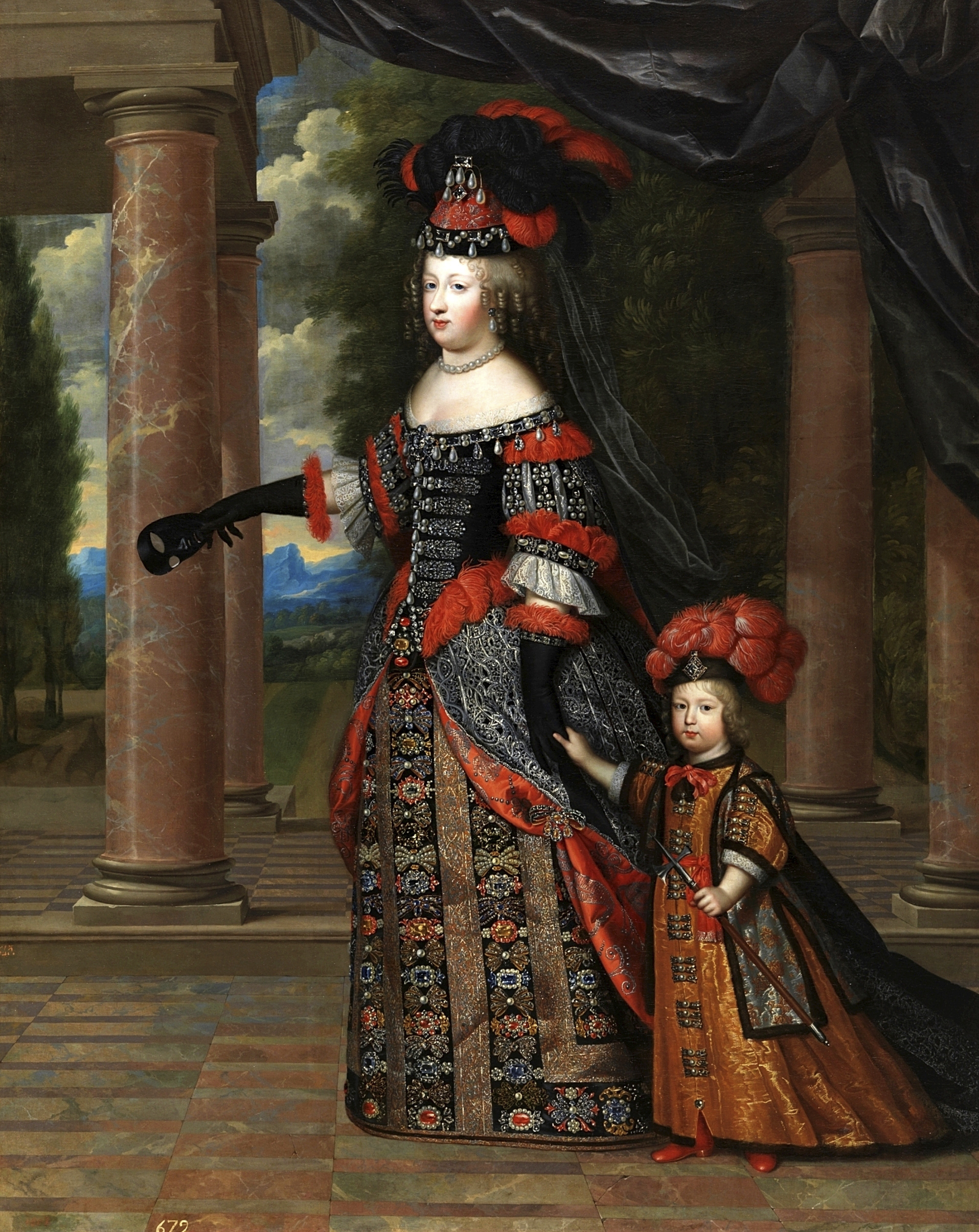In addition to wars and royal alliances, since the 17th century France has used an infallible weapon to conquer Spain (and the rest of Europe): its savoir-faire.
France is France thanks to fashion, the most refined art, a culture that is assimilated with the exquisite and good taste.
But how was France forged that brand? And how did Spain become French, from kings to commoners?
The exhibition
French Taste
At Fundación Mapfre, discover the presence and influence of Gallic art in our country from the beginning of the 17th century, when the France of Louis XIV snatched the position of great political power from Spain (and Italy, the monopoly in art), until the 19th-century romanticism, which would bring Spanish aesthetics, folklore and exoticism into fashion.
Almost three centuries of a mutual influence hitherto little studied.
«When France began its unstoppable cultural conquest of Europe, it found in Spain one of its most privileged scenarios.
The projection of French splendor, sociability and
savoir-vivre
spread progressively, albeit unevenly, from the court to the various spheres of our visual and material culture", explains historian
Amaya Alzaga
, curator of a thesis exhibition that tells with important loans from institutions such as the Casa de Liria (a portrait of Eugenia de Montijo that had not been publicly exhibited) or El Prado, which yields the great oil painting of the Dauphin of France by the hand of María Teresa de Austria, who became an infanta Spanish queen consort of the neighboring country when she married Louis XIV.
Painted by
cousins Charles and Henri Beaubrun
, portraitists for the French court, the painting was sent to Madrid in 1655 as a gift to King Philip IV, the father and grandfather of the sitters.
French taste begins there: with the arrival of the first Gallic works of art, which continues during the reign of Charles II, the last of the Spanish Habsburgs.
'Maria Teresa of Austria and the Grand Dauphin of France' (1664), a portrait by Charles and Henri Beaubrun.PRADO PHOTOGRAPHIC ARCHIVE
Versailles in Madrid
More than one hundred works from public and private collections, including paintings, sculptures and pieces of decorative art, show that taste for the French that had its heyday during the reign of the Bourbons, with special emphasis on the court of Philip V (the first king French of Spain), Carlos IV and Isabel II.
Born in Versailles,
Felipe V Frenchified Madrid
: began work on the Buen Retiro, renovated the Alcázar, built the palace and the gardens of Granja de San Ildefonso... «Classicist art and luxury from Paris prevailed over Spanish tradition for more than 200 years , as evidenced by the pictorial models and the sumptuous objects that arrived in our country”, Alzaga points out.
The most elegant furniture, the most delicate jewels, the baroque clocks (a true passion of Charles IV, who came to be nicknamed the Clockmaker King), the silks from the most luxurious workshops in Lyon, the miniatures (the fashion genre during the 18 )... The Spanish court was a little France.
And even servants were required to know how to iron and sew French or cook French.
Spanish exoticism
During romanticism, an inverse process takes place: Spain begins to seduce poets and artists as a lost paradise, a near East.
Beggars, gypsies and bandits became a topic of the Spanish and the protagonists of paintings and books.
Even
Victor Hugo
wrote a tragedy,
Hernani
(1870), about an Aragonese bandit and his beloved Doña Sol. «After a first wave of Hispanophilia that tried to capture the local color, some French artists undertook a deeper search for the Spanish essence as a way to achieve modernity", says Alzaga.
An essence and a modernity that
Edouard Manet
found not only in light, Spanish women or fruit (one of his finest still lifes is shown: Grapes and Figs) but in the “painter of painters”: Velázquez.
Conforms to The Trust Project criteria
Know more
France
Europe
Paris
Italy
Austria
Prince Charles of England
Paintwork

